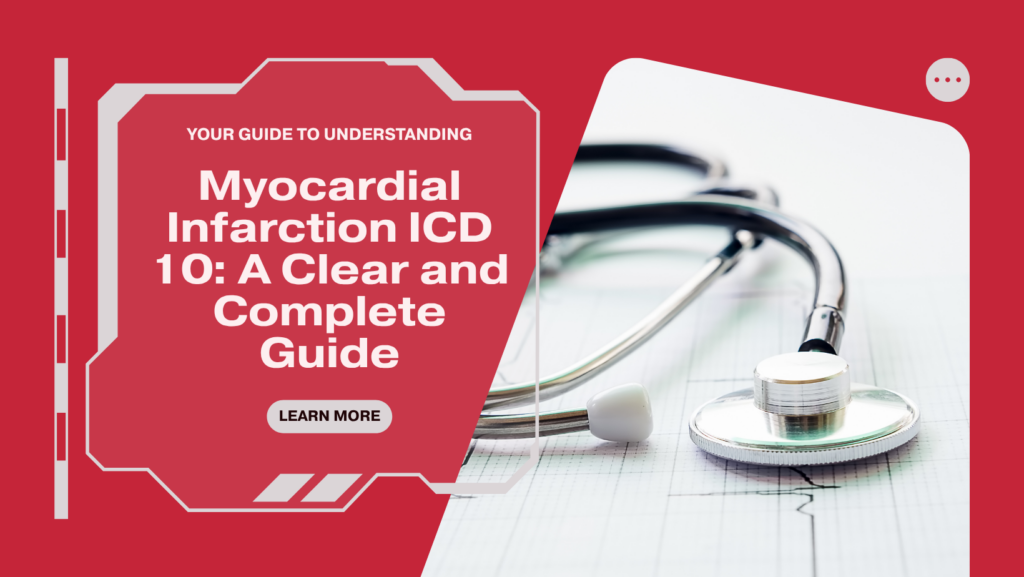
A heart attack is a life-altering event that comes without warning and demands immediate attention. In medical terms, it’s called a myocardial infarction. While the treatment begins the moment a patient reaches the hospital, another important aspect quietly takes place behind the scenes—medical coding. Doctors and hospitals use a global coding system known as ICD 10 (International Classification of Diseases, 10th Revision) to document diagnoses. When it comes to heart attacks, the myocardial infarction ICD 10 codes—such as I21.4 or I22.0—provide detailed information about the type, severity, and timing of the condition. These codes aren’t just technical labels; they tell a very specific story about a patient’s heart attack.
This article breaks down what myocardial infarction is, why ICD 10 codes matter, and how different types of heart attacks are categorized and recorded.
A myocardial infarction, commonly known as a heart attack, occurs when blood flow to the heart muscle is blocked, usually by a blood clot. Without oxygen, the affected part of the heart muscle begins to die.
This is a medical emergency—and every minute counts.
These factors either increase the chances of blockages forming in the arteries or make the heart more vulnerable to damage.
Doctors classify heart attacks into two main types based on how they appear on an ECG and how severe the blockage is:
Knowing which type of heart attack occurred is important not just for treatment but also for how the event is documented through ICD 10 coding.
ICD 10, short for International Classification of Diseases, 10th Revision, is a standardized coding system used worldwide to categorize diseases, injuries, and medical conditions. It helps hospitals, clinics, insurance companies, and public health organizations keep consistent records.
Every condition—from a common cold to a complex heart surgery—has an ICD 10 code. When it comes to heart attacks, using the right code ensures:
Consistent data for research and public health reporting
Heart attack codes fall under the I21 and I22 categories in the ICD 10 system.
These codes are used if a second heart attack occurs within 28 days of the first.
These codes aren’t just numbers—they give healthcare teams a detailed snapshot of what the patient experienced and how to proceed with care.
Correctly documenting a heart attack using ICD 10 codes is essential. Here’s why:
Inaccurate or vague coding can lead to billing issues, delayed care, or missed opportunities to understand disease patterns on a larger scale.
Symptoms may be more subtle in women, older adults, or people with diabetes.
Doctors use several methods to confirm a heart attack:
Treatment depends on the type of heart attack but may include:
Rehabilitation: Cardiac rehab programs and lifestyle changes for long-term recovery
A myocardial infarction is a serious condition that requires quick action, precise diagnosis, and accurate documentation. The ICD 10 code for myocardial infarction plays a behind-the-scenes role in making sure that patient care, billing, and long-term recordkeeping all happen seamlessly.
Whether you’re a healthcare professional, a medical student, or a patient trying to understand your medical report, knowing the basics of these codes can make things clearer. After all, it’s not just about numbers—it’s about telling the full story of what the patient went through and ensuring they get the care they deserve.
